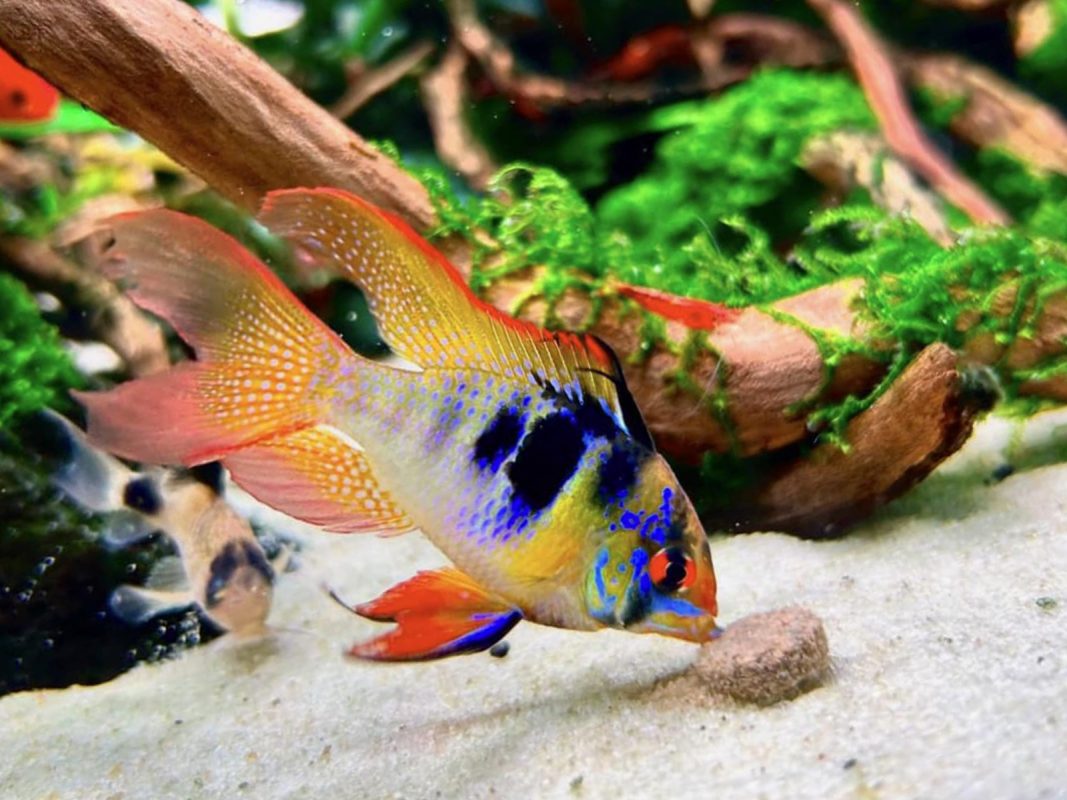Blogs
Which Aquarium Fish is Best for Beginners?
A shimmering portal into an underwater realm, a home aquarium offers not only an aesthetic enchantment but also a calming refuge from the hustle and bustle of daily life. Imagine walking into your living room after a long day and being greeted by the serene beauty of colorful fish gliding effortlessly through crystal-clear waters. Perhaps it’s the mesmerizing dance of neon tetras, the regal display of a Betta fish fanning his extravagant fins, or the comical antics of guppies darting to and fro. But while the allure of an aquarium is almost universally appealing, for those new to fishkeeping, selecting the right inhabitants for this miniature ecosystem can be daunting.
Choosing the right species not only enhances your experience but also determines the health and longevity of your aquarium. For beginners, it’s crucial to start with hardy, low-maintenance species that can tolerate minor mistakes. A well-chosen fish can be the difference between a thriving aquatic environment and a frustrating, often discouraging failure.
This article elucidates the top aquarium fish that are best suited for beginners. We will delve into the characteristics, care requirements, and compatibility of each species. Whether you are dreaming of beautifully contrasting neon tetras or a show-stopping Betta fish, you’ll find all the information you need to make an informed decision.
The Top 5 Aquarium Fish for Beginners
Betta Fish (Siamese Fighting Fish)
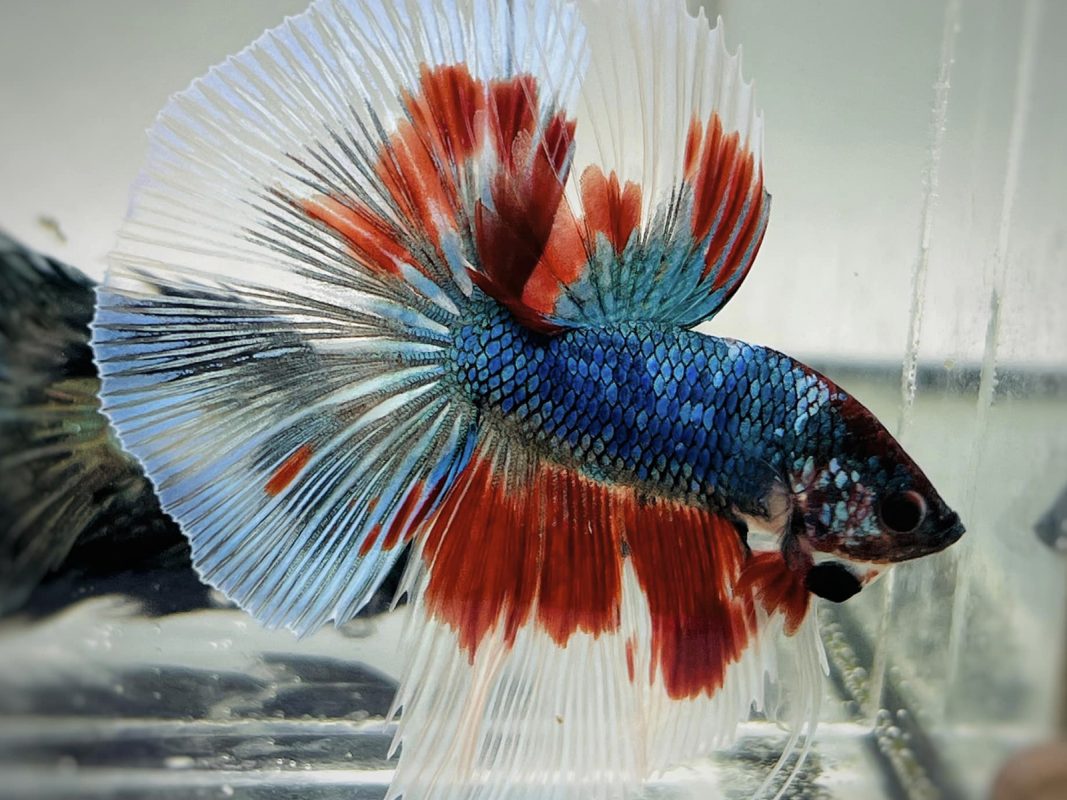
Betta fish, also known as Siamese Fighting Fish, are often crowned the jewels of freshwater aquariums. Their breathtaking colors and dramatic fin displays make them a showstopper.
Betta fish are one of the most popular choices for new aquarists, and for good reasons:
- Striking Appearance: Betta fish come in a dazzling array of colors, from vibrant reds and blues to more subdued pastels. Their long, flowing fins give them a regal appearance, making them a living piece of art in any tank.
- Ease of Care: Betta fish are relatively hardy and can tolerate a range of water conditions, making them an ideal choice for beginners who may still be learning the ropes of maintaining an aquarium. They do well in smaller tanks, though a 5-gallon setup is usually recommended.
- Territorial Nature: Male Betta fish are known for their territorial behavior, and should ideally be kept alone to prevent fights with other males or even with smaller fish. However, female Bettas can coexist peacefully in community tanks with other species.
- Behavioral Fascination: Betta fish provide endless fascination with their flaring fins, bubble-nest building, and interactive personality.
Imagine the Betta fish as the aristocrat of your underwater kingdom, commanding attention with every graceful move. They’re not just pets; they’re performers.
Neon Tetras
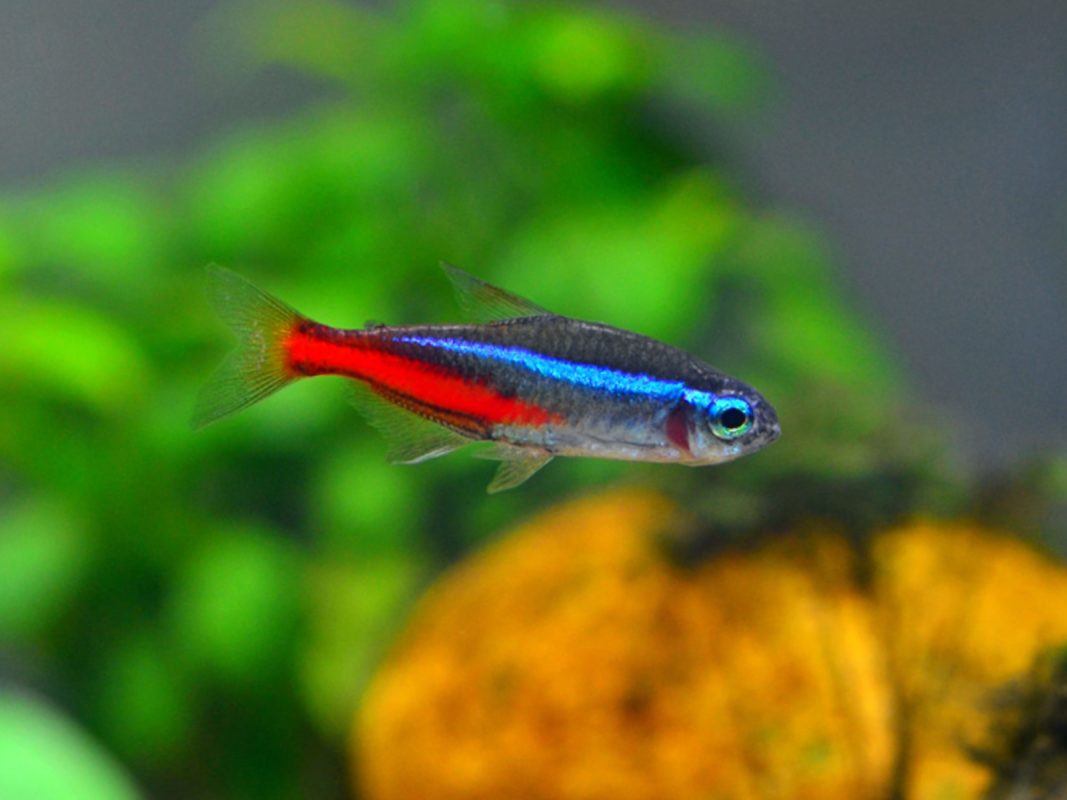
For those who imagine a school of fish darting about, creating a flurry of color, neon tetras are an excellent choice.
- Schooling Fish: Neon tetras are renowned for their collective swimming, known as schooling, which adds a dynamic element to your aquarium. Watching a group of these tiny, shimmering fish move in unison can be hypnotic.
- Peaceful Nature: They are generally peaceful and get along well with other small, non-aggressive fish, making them ideal for community tanks.
- Water Preferences: Neon tetras have specific water requirements, preferring a temperature range of 73 to 78°F. They thrive in soft, slightly acidic water, which can usually be achieved with a good water conditioner.
- Visual Appeal: Their iridescent blue and red stripes are visually striking, especially under proper lighting, making them stand out even in a relatively modest setup.
In essence, neon tetras can be thought of as the dancers of your aquarium’s ballet, adding both beauty and motion to the scene.
Goldfish
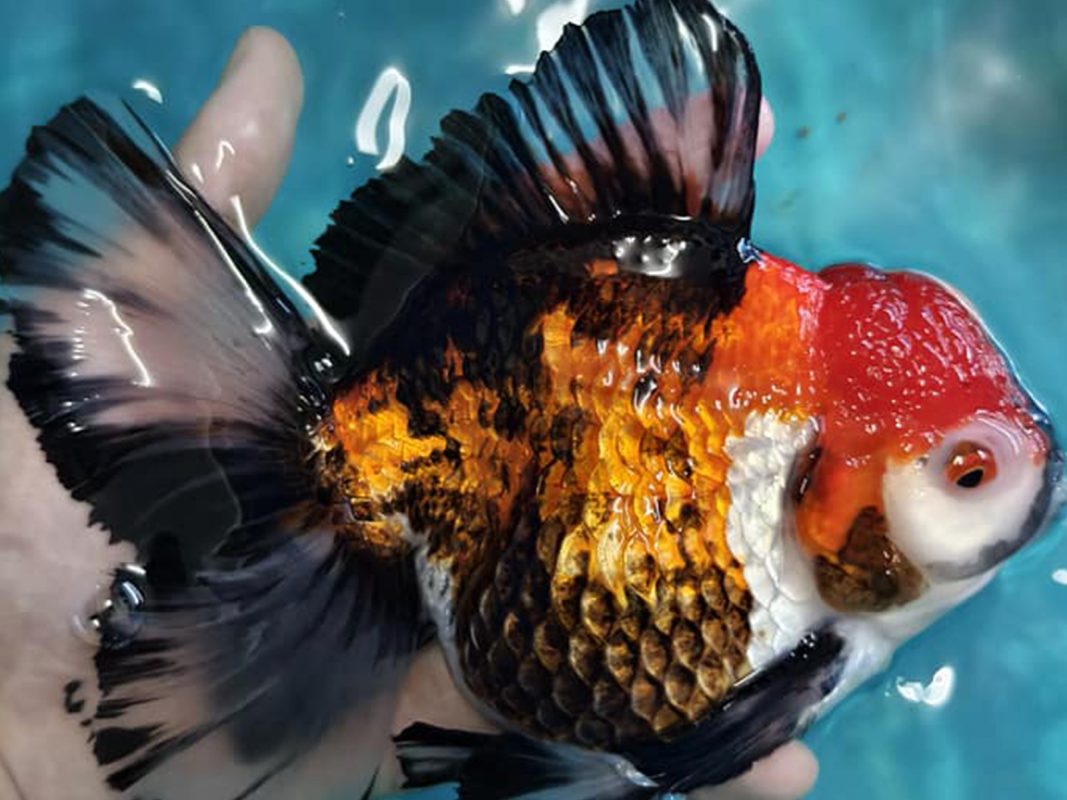
Among the most recognized and popular aquarium fish, goldfish have a storied history and universal appeal.
- Popularity: Goldfish are often the first fish that come to mind when thinking about aquariums. Their cultural emergence, from koi ponds to household tanks, has solidified their place in our hearts and homes.
- Tank Requirements: Contrary to popular belief, goldfish grow quite large (up to 10 inches or more) and need a spacious tank, at least 20 gallons for a single goldfish. It’s a common mistake to keep them in small bowls, which can stunt their growth and lead to health problems.
- Hardiness: Goldfish are robust and adaptable to a variety of water conditions, which can be particularly forgiving for beginners making initial mistakes in water quality management.
- Variety: From the elegant Comet to the bulbous-eyed Fantail, there are numerous goldfish varieties to suit different aesthetic preferences.
Goldfish can be likened to the stalwarts of the aquarium world—reliable, enduring, and always captivating.
Guppies
If you are looking for a splash of color and personality in a smaller fish, guppies are an unequivocal choice.
- Livebearers: One fascinating aspect of guppies is that they give birth to live young rather than laying eggs, making them particularly interesting for novice breeders.
- Ease of Care: Guppies are hardy fish that thrive in a variety of water conditions, making them fairly low-maintenance. They do best in a temperature range of 72 to 82°F.
- Diversity: They come in an array of colors and patterns, from brilliant oranges and yellows to elaborate mosaic tails. No two guppies are exactly alike, providing an almost endless variety of aesthetic combinations.
- Breeding: Guppies are prolific breeders. A small group can quickly expand into a bustling community, which can be both a joy and a challenge.
Think of guppies as the artists of the aquarium, splashing the canvas with an ever-changing palette of colors.
Corydoras Catfish
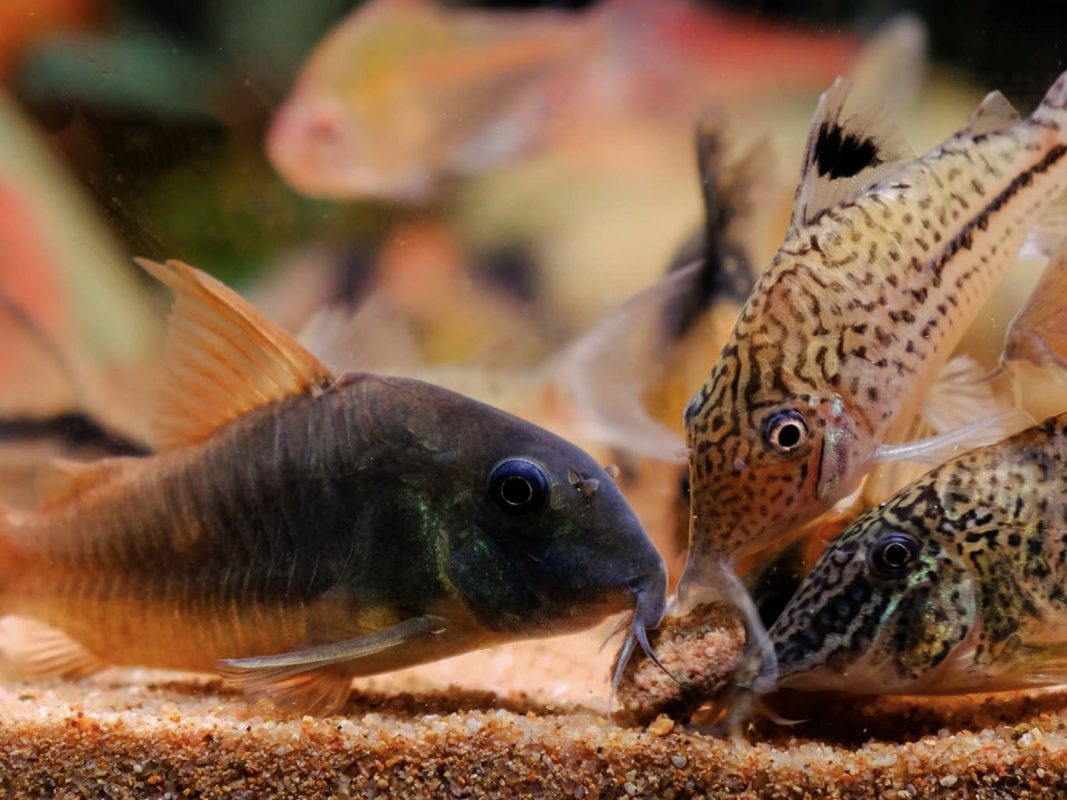
To complete your aquarium ecosystem, consider adding Corydoras catfish, the dependable custodians of the aquatic world.
- Bottom-Dwellers: Corydoras catfish add a different dimension to your aquarium by occupying the tank’s lower regions. Their scuttling movements provide an engaging contrast to the more traditional mid-level and surface swimmers.
- Tank Cleaners: They are bottom feeders that help keep your tank clean by scavenging for leftover food, though they should also receive sinking pellets or wafers to ensure proper nutrition.
- Peaceful Nature: Known for their peaceful demeanor, Corydoras make excellent tank mates for many other species, adding harmony to a multi-species tank.
- Variety: There are many species of Corydoras catfish, each with unique markings and sizes, allowing for some variety within this one category.
Corydoras catfish can be seen as the diligent custodians of the aquarium, quietly ensuring that everything runs smoothly behind the scenes.
Considerations for Beginners
Starting a home aquarium is an adventure requiring careful thought and planning. While fish selection is crucial, other fundamentals can significantly influence your success.
Tank Size and Setup
Beginners might think a smaller tank is easier to manage, but this often isn’t the case. Larger tanks, generally starting at 20 gallons, are more stable and forgiving when it comes to water quality.
- Tank Size:
- Minimum 5-gallon tank for Betta fish.
- Minimum 10-gallon tank for a small community.
- Minimum 20-gallon tank for a single goldfish or a beginner community tank.
- Basic Equipment:
- Filter: Helps maintain water clarity and quality.
- Heater: Essential for tropical fish; keeps water within the required temperature range.
- Lighting: Enhances fish colors and necessary for live plants.
- Water Parameters:
- pH: Most beginner fish thrive in a pH range of 6.5 to 7.5.
- Temperature: Generally, 72-80°F for tropical fish and around 68-74°F for goldfish.
- Hardness: Test your water source and adjust as needed.
Creating an optimal environment is akin to preparing the stage for a theater performance—the right props and settings can transform an average show into something extraordinary.
Feeding and Diet
Different species have unique dietary needs, making it essential to understand and cater to these requirements.
- Balanced Diet:
- Flake Food: Suitable for many community fish like tetras and guppies.
- Pellets: Often used for Betta fish and goldfish for better nutrition.
- Live/Frozen Foods: Bloodworms and brine shrimp are excellent for variety.
- Feeding Schedule:
- Once or twice daily, only what they can consume in 2-3 minutes to prevent overfeeding.
A knowledgeable approach to feeding is like providing gourmet meals rather than fast food, ensuring your fish thrive rather than merely survive.
Water Maintenance
Water maintenance is the backbone of successful fishkeeping. Regular upkeep ensures a healthy environment for your fish.
- Water Changes:
- Frequency: Regular weekly or bi-weekly water changes (20-25%).
- Dechlorination: Always use a water conditioner to remove chlorine from tap water.
- Tank Cleaning:
- Gravel Vacuuming: Removes waste and uneaten food from the substrate.
- Filter Maintenance: Clean or replace filter media as needed to ensure proper filtration.
Think of water maintenance as the housekeeping of your aquarium world—without it, things quickly fall into disarray.
Compatibility
While individual fish might shine as solo acts, the real spectacle emerges when different species coexist harmoniously.
- Peaceful Cohabitation:
- Betta fish are best alone or with non-aggressive species.
- Neon tetras thrive in schools and get along with most small fish.
- Corydoras catfish are peaceful and compatible with a wide range of species.
- Avoid Aggression: Steer clear of aggressive species that might harm or stress your other fish.
Compatibility is the harmony conductor in the orchestra of your aquarium, ensuring that every note strikes the right chord.
Conclusion
Embarking on the journey of fishkeeping can be both thrilling and deeply rewarding. As we’ve explored, choosing the right fish is the cornerstone of a successful, stress-free, and enjoyable experience. For beginners, Betta fish with their vivid colors and captivating personalities, Neon tetras bringing rhythmic movement to tanks, hearty Goldfish standing the test of time, lively Guppies painting your underwater world, and diligent Corydoras catfish maintaining the aquarium’s cleanliness provide diverse yet accessible options.
But beyond the excitation of picking your tank inhabitants lies the importance of responsible fishkeeping. Proper tank setup, conscientious feeding, regular maintenance, and thoughtful selection of compatible species form the foundation of a thriving aquarium.

